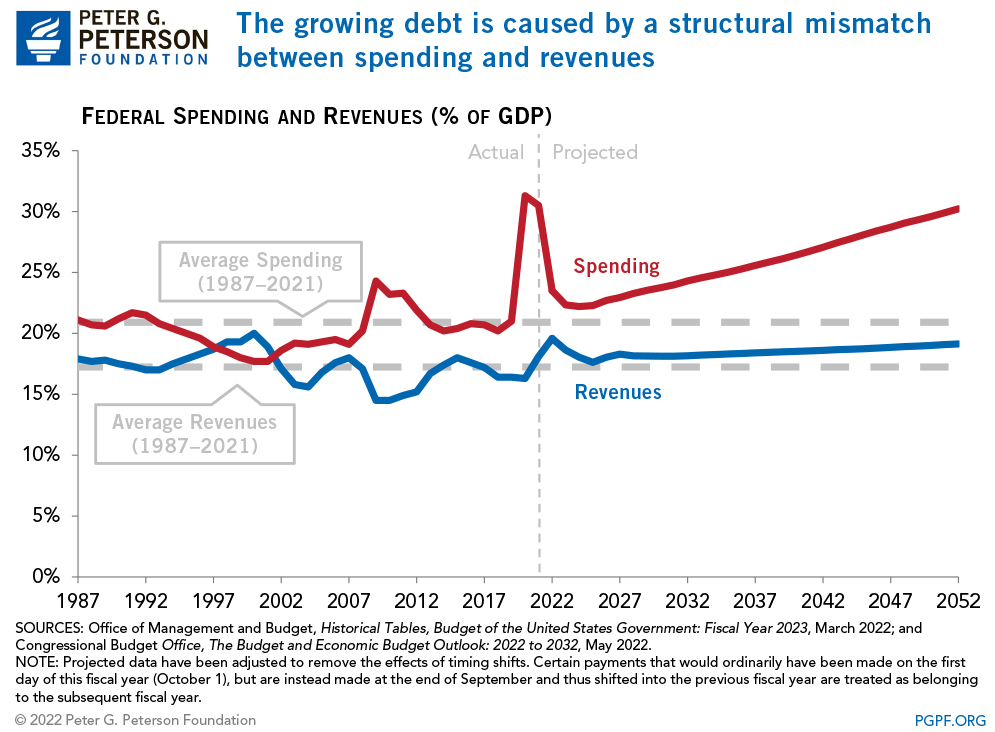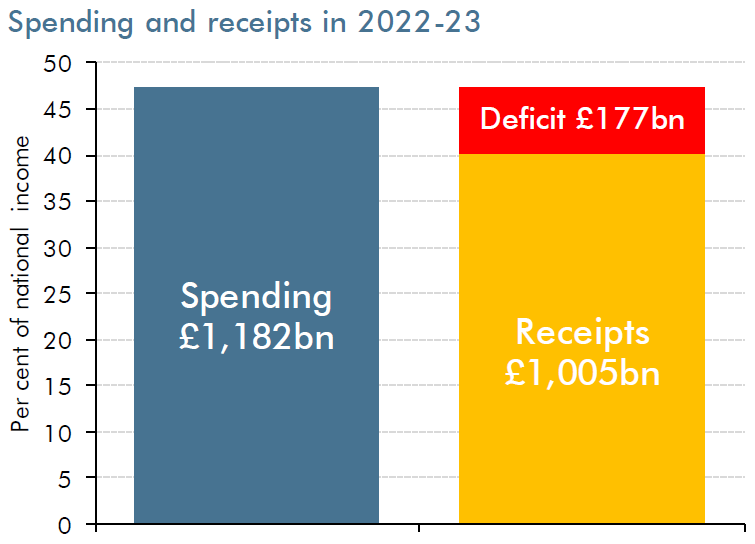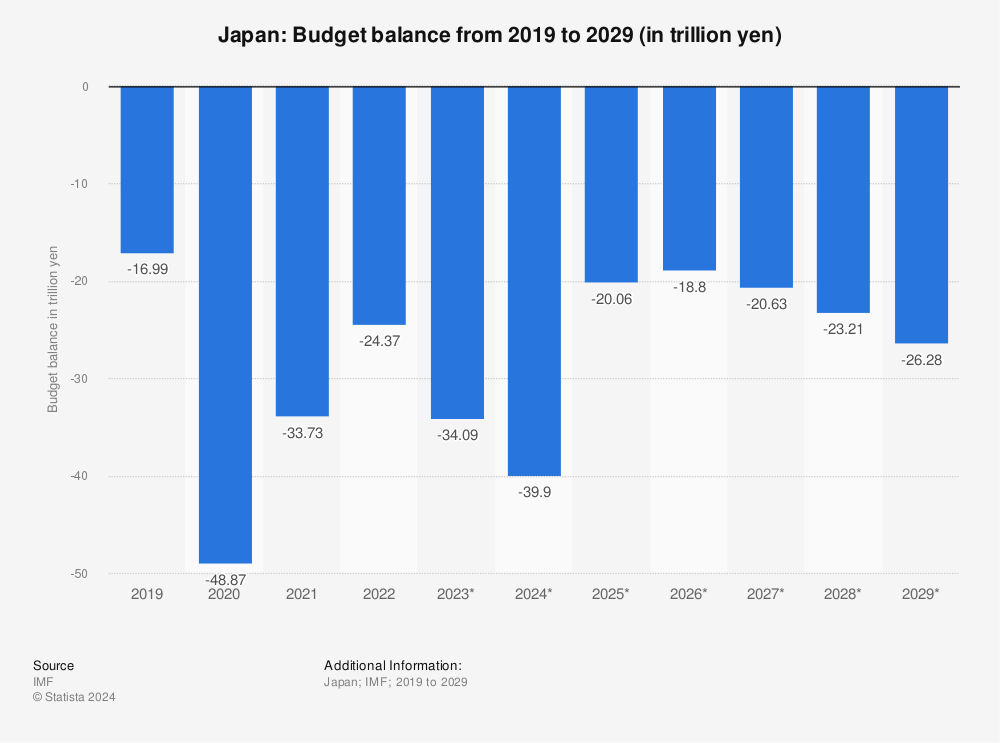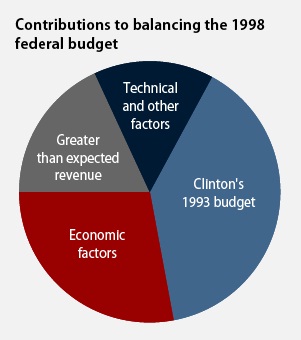A budget surplus is created when a government, business, or individual earns more money than they spend over a given period of time. This can happen for a variety of reasons, and the specific steps to create a budget surplus will depend on the circumstances. However, there are a few common strategies that can be used to achieve a surplus.
One way to create a budget surplus is to increase revenues, or the amount of money coming in. This can be done through a variety of means, such as raising taxes, increasing the prices of goods or services, or finding new sources of income. For example, a government may decide to raise taxes on high earners or increase fees for certain services in order to bring in more money. A business may decide to raise prices or expand into new markets in order to increase revenue.
Another way to create a budget surplus is to reduce expenses, or the amount of money going out. This can be done by cutting costs, streamlining processes, or finding more efficient ways to do things. For example, a government may decide to cut spending on certain programs or reduce the size of its workforce in order to save money. A business may decide to reduce overhead costs or negotiate better prices with suppliers in order to cut expenses.
It is also possible to create a budget surplus by doing both of these things at the same time – increasing revenues and reducing expenses. This can be especially effective if done in a strategic and targeted manner.
It is important to note that creating a budget surplus is not always easy, and it may require difficult decisions and trade-offs. For example, raising taxes or cutting spending may be unpopular moves, and finding new sources of revenue or cost-saving measures may require significant effort and investment.
However, a budget surplus can be a valuable goal for a government, business, or individual, as it can provide a financial cushion and allow for more flexibility in the future. It can also help to reduce debt and improve credit ratings, which can make it easier and more affordable to borrow money in the future.
Overall, creating a budget surplus requires careful planning and a focus on both increasing revenues and reducing expenses. By implementing strategies that are tailored to the specific circumstances, it is possible to achieve a budget surplus and improve financial stability and flexibility.







